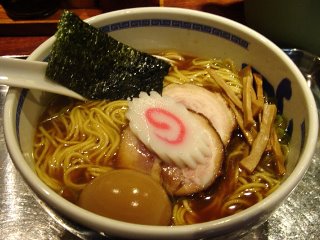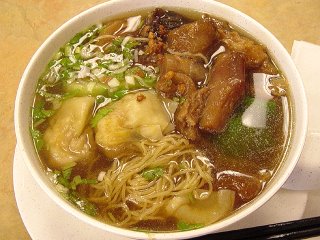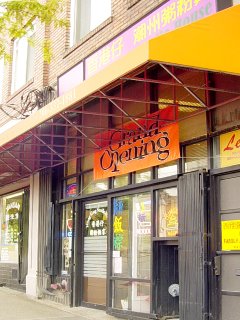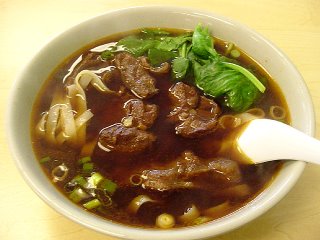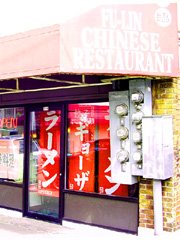★ 旭川 さいじょう (Saijo) - Tokyo
 Saijo is another ramen shop among the collection of seven in Shinatasu, a small ramen theme park located right next to Shinagawa station. This is the fifth shop among the seven that I am reviewing and for the first time I am underwhelmed. Maybe I ordered the wrong ramen here? Saijo is famous for winning the the contest for best shio (salt) Asahikawa ramen, I didn't do all the research before visiting this place and on this day I ordered the 味噌ラーメン (miso ramen) instead.
Saijo is another ramen shop among the collection of seven in Shinatasu, a small ramen theme park located right next to Shinagawa station. This is the fifth shop among the seven that I am reviewing and for the first time I am underwhelmed. Maybe I ordered the wrong ramen here? Saijo is famous for winning the the contest for best shio (salt) Asahikawa ramen, I didn't do all the research before visiting this place and on this day I ordered the 味噌ラーメン (miso ramen) instead.The Soup - was underwhelming. I could taste a slight taste of seafood in the soup but it didn't have the impact of some Japanese style with their strong flavors of sardines or mackerel. The store claims that the soup uses fresh mineral water shipped in from 大雪山 (daisekizan) a mountain in Hokkaido, but to me the special water didn't make it taste special.
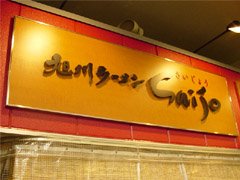 The Noodles - are thick curly noodles cooked slightly on the soft side. Like the soup, the noodles were uneventful as well.
The Noodles - are thick curly noodles cooked slightly on the soft side. Like the soup, the noodles were uneventful as well.The Toppings - were nothing special. Notice a pattern here?
Overall - I can't recommend this place even though I didn't try their most famous dish, I really can't imagine how great their shio ramen could be though. All the flavors of the soup, noodles and toppings were very light, almost insufficient.
If you do decide to visit this ramen theme park Shinatatsu, I reccomend you visit Setagaya, Nantsuttei, Higomonzu, or Zouroku, in that order.
http://www.shinatatsu.com/raumen/kaku_saijo.html
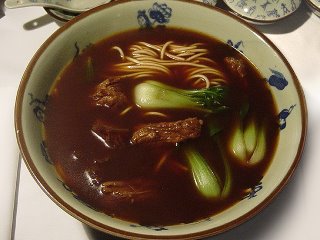

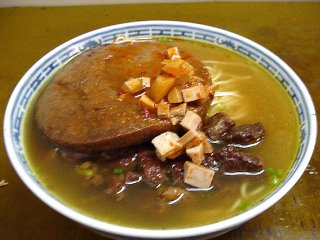
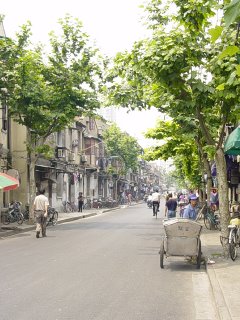

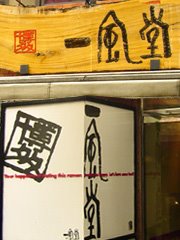

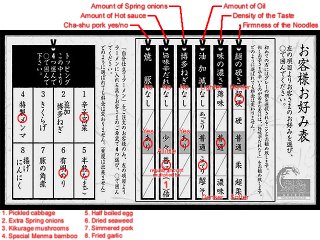
 Overall - an above average Hakata style ramen experience. The ramen itself is quite delicious though the customizability part seems like a lot of extra work. I am a little suspicious of places that offer too much cusomizability, as if they can't decide on what is the best flavor that they are after and want the cusomers to help them decide. The customizability was at first a novelty and I liked it quite a bit, but as I've been exposed to more Hakata ramen places I now go to Ippuudou,
Overall - an above average Hakata style ramen experience. The ramen itself is quite delicious though the customizability part seems like a lot of extra work. I am a little suspicious of places that offer too much cusomizability, as if they can't decide on what is the best flavor that they are after and want the cusomers to help them decide. The customizability was at first a novelty and I liked it quite a bit, but as I've been exposed to more Hakata ramen places I now go to Ippuudou, 
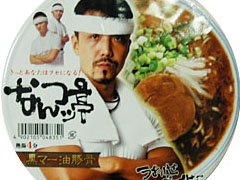 The Soup - is a lightly flavored tonkotsu (pork bone) soup that is topped with a special burnt flavored black oil that the store calls
The Soup - is a lightly flavored tonkotsu (pork bone) soup that is topped with a special burnt flavored black oil that the store calls 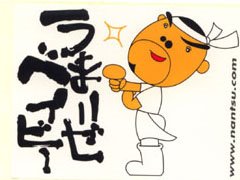 The Noodles - are not your straightforward Tonkotsu style noodles. Nantsuttei's ramen noodles are slightly thicker, uses a slightly higher water content making it springier than most Hakata style ramen. Needless to say, Nantsuttei spent a lot of time getting this ramen just right and it matches the soup nicely.
The Noodles - are not your straightforward Tonkotsu style noodles. Nantsuttei's ramen noodles are slightly thicker, uses a slightly higher water content making it springier than most Hakata style ramen. Needless to say, Nantsuttei spent a lot of time getting this ramen just right and it matches the soup nicely.



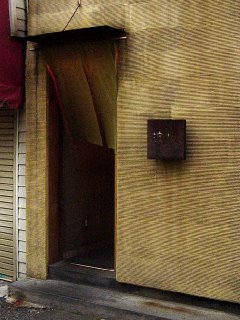
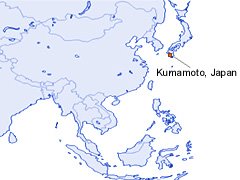
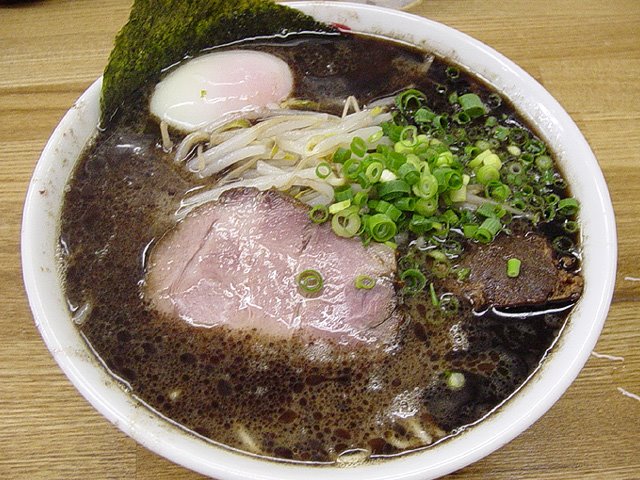 ★★★★ なんつッ亭 (Nantsuttei) - Tokyo
★★★★ なんつッ亭 (Nantsuttei) - Tokyo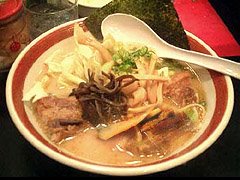 ★★★ ひごもんず (Higomonzu) - Tokyo
★★★ ひごもんず (Higomonzu) - Tokyo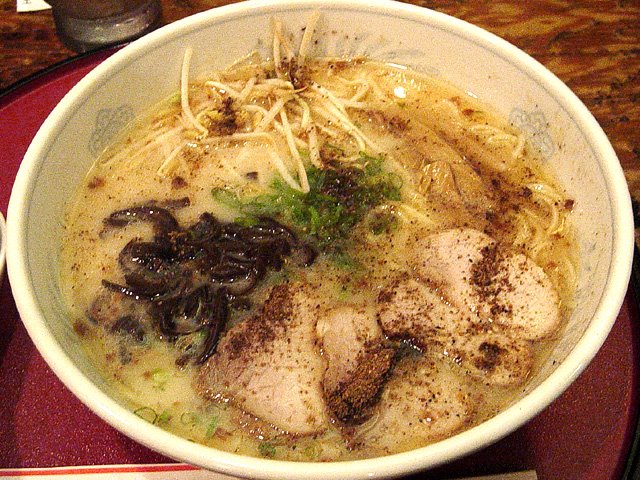 ★★★ こむらさき (Ko-Murasaki) - Shin Yokohama
★★★ こむらさき (Ko-Murasaki) - Shin Yokohama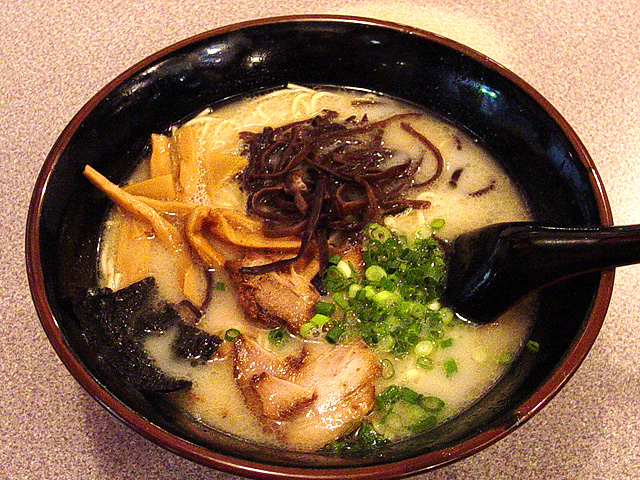 ★★★ 肥後のれん (Higonoren) - Tokyo
★★★ 肥後のれん (Higonoren) - Tokyo  ★★★ 桂花 (Keika) - Tokyo
★★★ 桂花 (Keika) - Tokyo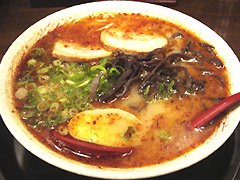 ★ 味千ラーメン (Ajisen) - Tokyo
★ 味千ラーメン (Ajisen) - Tokyo

